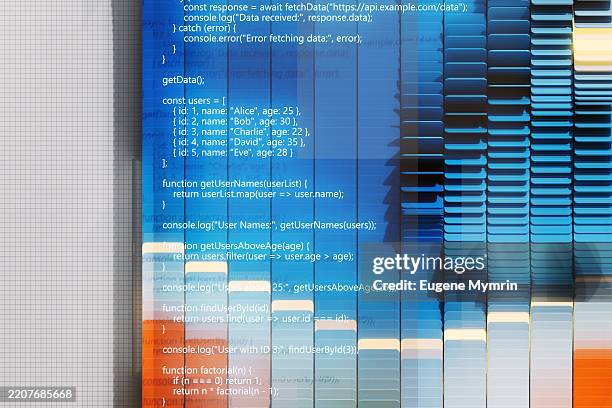Revolutionizing React State Management with Zustand and RTKQ
React state management can be complex. Traditional solutions like Redux can feel heavy and verbose. This blog post explores a lighter, more efficient approach using Zustand for local state and RTKQ (Redux Toolkit Query) for fetching and caching asynchronous data. This powerful combination simplifies your codebase and improves performance.
Concept: Zustand and RTKQ Synergy
Zustand is a small, fast, and scalable state management solution. Its minimal API makes it easy to learn and use, perfect for managing local component state. RTKQ, built on top of Redux Toolkit, provides a powerful and efficient way to fetch, cache, and update asynchronous data. By combining them, we leverage Zustand's simplicity for local state and RTKQ's robust features for API interactions, resulting in a streamlined and efficient state management strategy. This avoids the overhead of Redux for simple state while providing a sophisticated solution for data fetching.

Code Example: Fetching and Displaying Data
Let's build a simple example fetching a list of posts from an API. We'll use RTKQ for data fetching and Zustand for managing UI state like loading indicators and error messages. This example assumes you have `zustand` and `@rtk-query/react` installed (`npm install zustand @rtk-query/react`).
Tips and Best Practices
• **Keep Zustand local:** Use Zustand for managing UI state and small pieces of application data within individual components or small sections of your app. • **Leverage RTKQ caching:** RTKQ's caching mechanism significantly improves performance by avoiding redundant API calls. Understand its features like `refetchOnWindowFocus` and `refetchOnMountOrArgChange`. • **Error handling:** Implement robust error handling using both RTKQ's built-in error handling and Zustand to manage UI feedback. • **Data transformation:** Use RTKQ's `transformResponse` to pre-process data before it reaches your components. • **Keep it simple:** Don't over-engineer your state management. Choose the right tool for the job. Zustand is great for simple state, RTKQ for API interactions.

Conclusion
Zustand and RTKQ offer a powerful combination for efficient and scalable React state management. By leveraging Zustand's simplicity for local state and RTKQ's advanced features for asynchronous data, you can build cleaner, faster, and more maintainable React applications. This approach allows you to scale your application without the complexity often associated with larger state management libraries.
Comments
Post a Comment